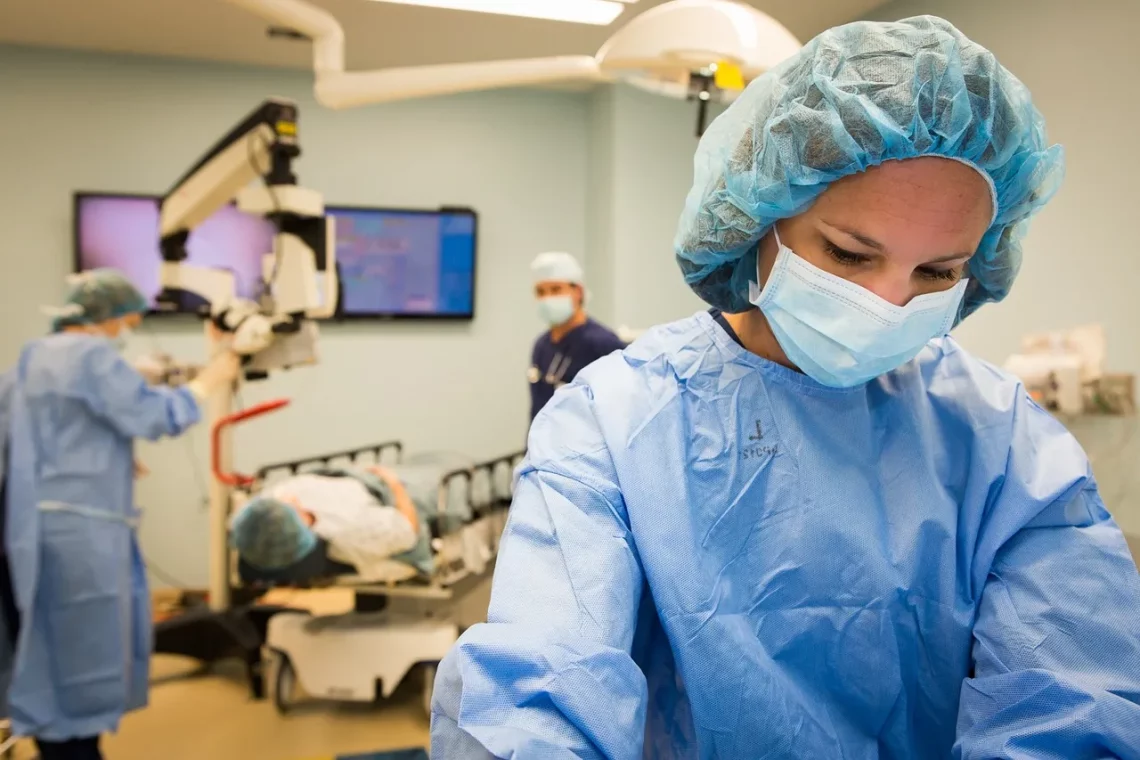
Understanding Feline PU Surgery: A Guide for Cat Owners
Feline PU (Perineal Urethrostomy) surgery is a medical procedure that can significantly impact the quality of life for cats suffering from urinary blockages or obstructions. These conditions, often caused by bladder stones or urinary crystals, can lead to severe discomfort and even life-threatening situations if not addressed promptly. As a cat owner, understanding the intricacies of this surgery is essential for making informed decisions regarding your feline companion’s health.
Cats are notorious for hiding their pain, making it challenging for owners to recognize when their pet is experiencing distress. Symptoms such as frequent trips to the litter box, straining to urinate, or blood in the urine can indicate serious issues. When conservative treatments fail, PU surgery may be recommended as a more permanent solution to alleviate the underlying problem.
This surgical intervention involves creating a new urinary opening, allowing urine to exit the body without passing through the narrow urethra, which is often the site of blockage. While the thought of surgery can be daunting, understanding the procedure, its benefits, and potential risks can help you feel more prepared for the journey ahead.
What to Expect During the Surgery
When your cat is scheduled for a PU surgery, it’s natural to have questions and concerns about what the procedure entails. The surgery is performed under general anesthesia, ensuring your cat is completely unconscious and pain-free during the operation. Prior to the surgery, your veterinarian will conduct a thorough examination, which may include blood tests and imaging studies to assess your cat’s overall health and identify any underlying issues.
Once your cat is sedated and prepared, the surgeon will make an incision in the perineal area and remove the affected portion of the urethra. This step is crucial for resolving any blockages and preventing future urinary obstructions. The surgeon will then create a new urinary opening, allowing for the direct passage of urine. After the procedure is completed, the incision will be closed with sutures, and your cat will be monitored closely during recovery.
Following the surgery, your veterinarian will provide detailed post-operative care instructions. This may include medications for pain management and to prevent infection, as well as advice on dietary changes or modifications to your cat’s environment to support recovery. It’s essential to follow these guidelines closely to ensure a smooth healing process and minimize the risk of complications.
While the thought of surgery can be intimidating, many cats experience significant relief from their symptoms after PU surgery. Most cats can return to their normal activities within a few weeks, although some may require a little more time to fully heal.
Post-Surgery Care and Recovery
After your cat undergoes PU surgery, proper post-operative care is crucial for a successful recovery. Initially, your cat may be groggy or disoriented due to the anesthesia, and it’s essential to provide a quiet, comfortable space for them to rest. Monitor your cat closely during the first few days, watching for any signs of pain or discomfort, such as vocalization, hiding, or reluctance to move.
Your veterinarian will likely prescribe pain relief medication, and it’s vital to administer these medications as directed. In addition to managing pain, your vet may recommend antibiotics to prevent infection at the surgical site. Ensure that you complete the entire course of medication even if your cat seems to be feeling better.
Keeping the surgical site clean and dry is another critical aspect of post-operative care. Avoid bathing your cat or allowing them to lick the incision site, as this could introduce bacteria and lead to infection. If necessary, your veterinarian may provide an Elizabethan collar (e-collar) to prevent your cat from accessing the area.
In terms of diet, your veterinarian may suggest a special diet designed to promote urinary tract health. This can help prevent the formation of new crystals or stones, reducing the risk of future urinary issues. Make sure your cat has access to fresh water at all times, as proper hydration is essential for urinary health.
Regular follow-up appointments with your veterinarian are also important to monitor your cat’s recovery and address any concerns that may arise. During these visits, your vet may perform additional tests to ensure that your cat’s urinary tract is functioning properly and that no complications have developed.
Potential Risks and Complications
Like any surgical procedure, PU surgery comes with potential risks and complications that every cat owner should be aware of. While many cats recover without issues, it’s essential to understand these risks to make an informed decision regarding your cat’s health.
One of the most common complications is infection at the surgical site. Signs of infection can include swelling, redness, discharge, or excessive licking of the area. If you notice any of these symptoms, it’s important to contact your veterinarian promptly for evaluation and treatment.
Another potential risk is stricture, which occurs when the newly created urinary opening becomes narrowed or obstructed. Stricture can lead to recurring urinary issues and may necessitate further surgical intervention. Regular follow-ups with your veterinarian can help identify this problem early on.
Additionally, some cats may experience behavioral changes after surgery. This can include increased anxiety or discomfort while using the litter box. Providing a stress-free environment and ensuring that your cat feels safe can help ease these transitions.
While complications are possible, it’s important to remember that many cats benefit significantly from PU surgery. The procedure can provide lasting relief from urinary issues and improve your cat’s overall quality of life. By staying vigilant and following your veterinarian’s advice, you can help ensure a smooth recovery process.
**Disclaimer:** This article is for informational purposes only and does not constitute medical advice. Always consult with your veterinarian regarding any health concerns or before making decisions related to your pet’s health.




